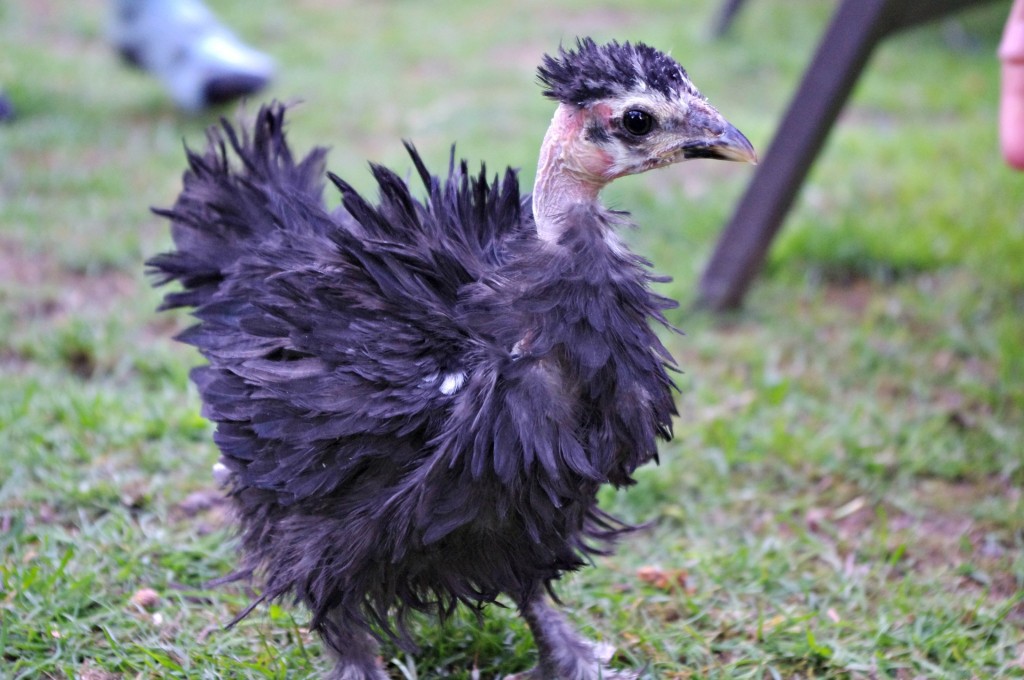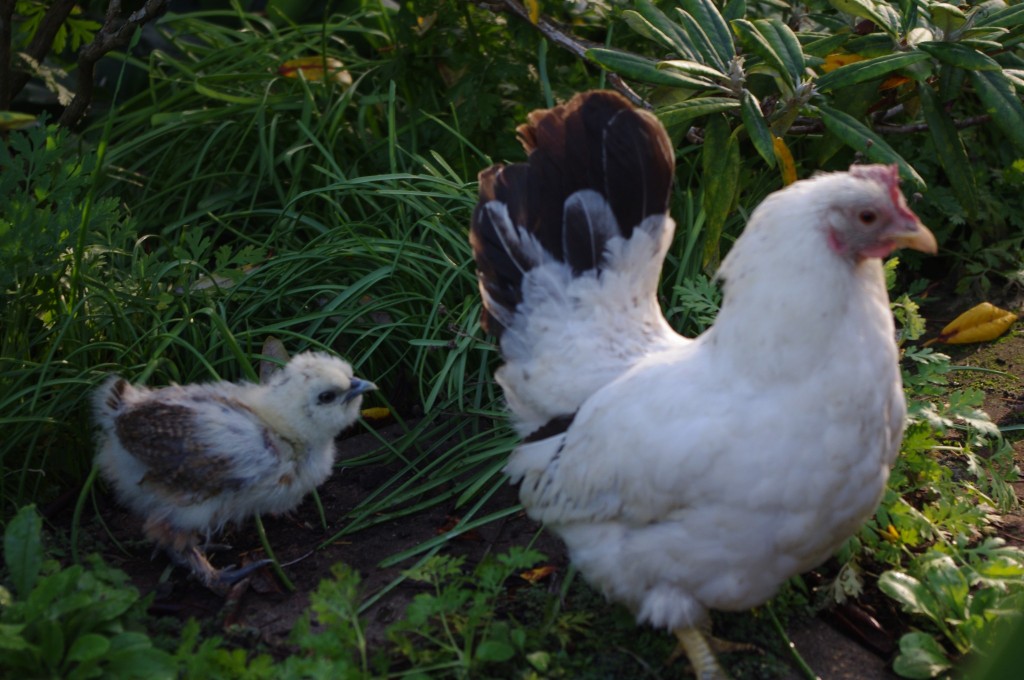If you have a backyard flock and are new to chicken raising, googling your chickens symptoms during illness will almost always bring up the dreaded question of “Does my chicken have mareks disease”.  Mareks Disease is the “end of the road” disease for a flock, living for years in the soil and the disease is spread through dander shed by infected birds. This means that once you have a Mareks infected chicken, you will always have the potential for mareks disease in your flock – unless you cull your birds, and burn your coop, and keep future poultry off the land area for up to 5 years. Impossible really for the average backyard chicken keeper. So, how do you tell if your chicken has mareks disease? And what can you do about it?
Mareks Disease is the “end of the road” disease for a flock, living for years in the soil and the disease is spread through dander shed by infected birds. This means that once you have a Mareks infected chicken, you will always have the potential for mareks disease in your flock – unless you cull your birds, and burn your coop, and keep future poultry off the land area for up to 5 years. Impossible really for the average backyard chicken keeper. So, how do you tell if your chicken has mareks disease? And what can you do about it?
Visible Signs of Mareks Disease in Chickens
Our birds that have had (and succumbed) to Mareks disease showed a variety of different symptoms including:
- paralysis in one or both legs.
- Depression (I know! how can a chicken be depressed!) They tend to stop eating, stay away from the flock, and general exude low energy and excitement
- Difficult breathing – heavy breathing, and lack of energy
- Swollen abdomen. We had one hen that lasted with what seemed like growths in her abdomen.
- Lack of balance – when the chicken jumps down or walks, it tends to fall and wobble
- Death. Of course.
But IS mareks the end of the line for your flock? Not necessarily. We are a backyard flock LIVING with Mareks disease, and are doing our best to manage healthy birds even in the midst of this disease.
How to Manage when Chicken Have Mareks
Does your Chicken have Mareks? Your best test will be AFTER it has died via a necropsy. But, to err on the side of caution, try these tips;
- Inoculate all new birds. You can purchase Mareks inoculated birds from most poultry stores. This will keep your future flock safe from getting the disease. Birds MUST be inoculated within 24hrs of hatching, so this is only good for new birds.
- Breeding: Our veterinarian told us that you can breed resistant birds from an infected flock. We have noticed this to be true as we continue to do small hatches. Now granted, some birds we lose to the disease, usually before point of lay, but the ones who survive and then breed, have a smaller loss of their chicks. I believe that if we work to breed resistance to the disease, we will have less occurrences of it in the future.
- Cleanliness – keep your coop and area clean and provide your chickens with fresh water and food. While this doesn’t actually do anything against the disease, I believe that birds kept in healthy environments have a greater resistance to all diseases.
- Cull. Its hard, and I can’t personally do it, and my poor husband never likes to do it when it needs to be done, but once you notice a sick animal it is better for them (and your flock) to help them go as soon as possible. I have NEVER had a bird come back from Mareks, so please don’t hold out hope for that and do what you can to protect your other birds.
- Close your flock. Remember, no birds go out- they could be carriers. And birds coming in should be separated until at least point of lay if they are not inoculated. Once those first eggs come out your hen has a “better” chance of resisting the disease.
- Own hearty birds. We have noticed that the heritage breeds and cross breeds are better survivors than the fancy breeds like silkies, frizzles and naked necks. We have a flock of White faced Spanish, Fayoumi, Red Rocks, Sussex and other stable breeds.
We have only had birds for 4 years but since then have experienced not only Mareks, but also Listeriosis in our flock. Both are a common disease, brought in from poultry shows, wild birds, and new pets. Until they are able to create smaller batch inoculations for Mareks, we will need to do what we can to control our flocks and manage our birds. And of course, give them the best life possible, even if it is short. 
